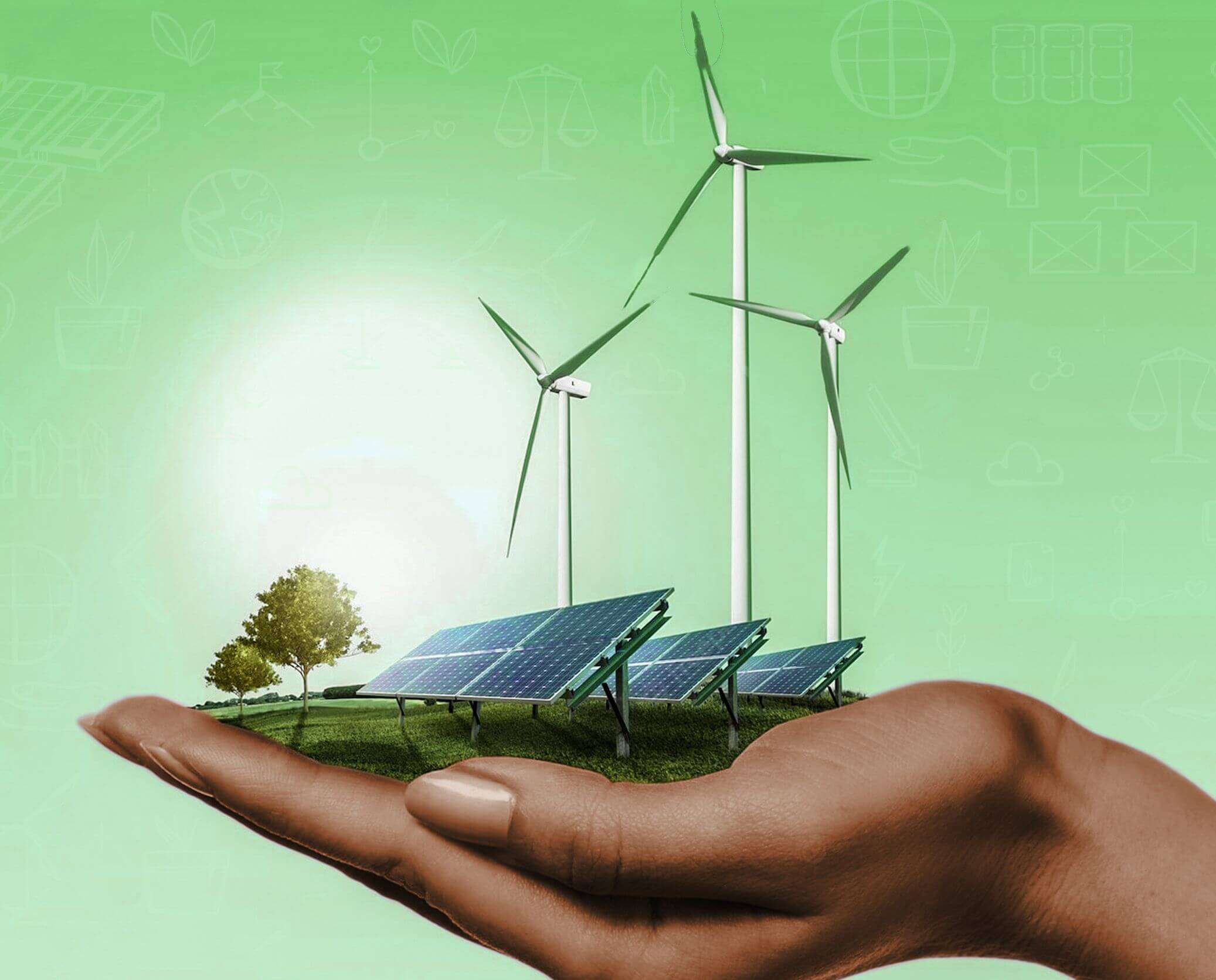Africa is adding more renewables than fossil fuels in its generation mix, with the continent now recording the second-fastest rise in clean power among fast-growing peers Asia, the Middle East, and Latin America.
Energy think-tank, Ember, in its latest global electricity review, shows Africa’s electricity demand growth met by renewable energy sources has risen from 23%, when last recorded in 2015, to 61% in 2022.
Latin America was the only fast-growing region that increased clean power fast enough to meet its rising electricity demand and to reduce fossil fuel generation, over the last seven years.
Authors of the report say 2023 would mark the first year that the world records an absolute decline in the use of fossil fuels to power machinery, cook, and light homes and offices.
“As soon as 2023, wind and solar could push the world into a new era of falling fossil generation, and therefore of falling power sector emissions,” according to Ember’s Global Electricity Review 2023.
The Ember review says there will be a slight drop in the installation of new renewable energy generation in 2023, “but it will get bigger every year as wind and solar grow further, which could mean power sector emissions will never peak higher than they did in 2022.”
“In North America and Europe, electricity demand has been broadly unchanged in recent years, and so the growth in clean power reduced fossil generation. Fossil generation in the EU and US both peaked in 2007, and then in Australia in 2009, Japan in 2012, and South Korea in 2018. However, none of these countries are also contending with rapid growth in electricity demand,” the report added.
Fossil fuel’s share of electricity generation globally is still high, at 61%.
The review lists Namibia (with 25%), Morocco (17%), and Kenya (16%) as having the highest share of wind and solar generation in Africa in 2022 – significantly above the global average of 12%.
A comparative report, Renewable Energy Capacity Statistics 2023, by International Renewable Agency or IRENA, backs these trends as it points to 2022 as the year with the most significant historical increase in renewable energy globally.
“A record year for renewable capacity additions is encouraging for countries around the world redesigning their national energy planning strategies to favor renewables,” said IRENA Director-General Francesco La Camera.
According to the report, the world added about 295 gigawatts (GW) of renewables, an increase of 9.6% driven by higher productivity in Asia, the USA, and Europe, during 2022.
Africa’s renewable power capacity grew by a modest 4.8% to 59 gigawatts – largely attributed to the growth of solar and wind power.
Ethiopia saw the largest increase in renewable energy (of 830 MW, taking its total renewable energy generation capacity to 5.58 GW), followed by Zambia (459MW to a new total of 3.3 GW) and Angola (which added 284MW to reach 4 GW).
Kenya added 184 MW to reach 2.65GW, while Africa’s largest power producer, South Africa, added just 157MW to reach 10.44GW.
Countries with very low clean energy capacities also recorded significant growth last year. Niger added 35MW to 62 MW, Benin added 25W from just 3MW in 2021, Somalia added 24MW to its 51MW and South Sudan added 13MW to just 1MW.
Overall, solar energy capacity in Africa rose by a Gigawat to 12.6 GW. Angola recorded the highest rise in solar capacity, followed by Mali and Tunisia. Somalia almost doubled its solar capacity.
Wind Capacity grew by 315 MW to 7.6 GW, driven by increases in South Africa, Morocco and Ethiopia.
bird story agency






